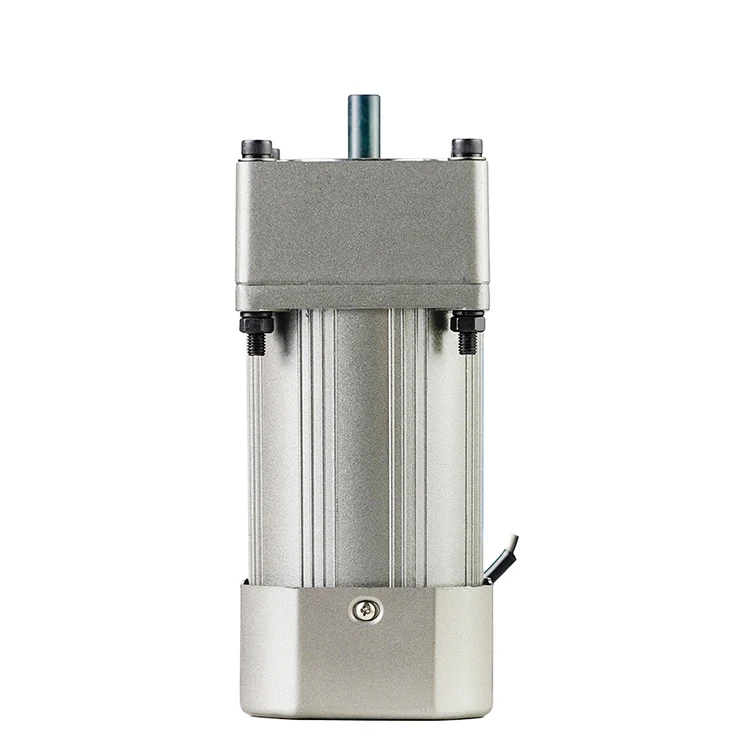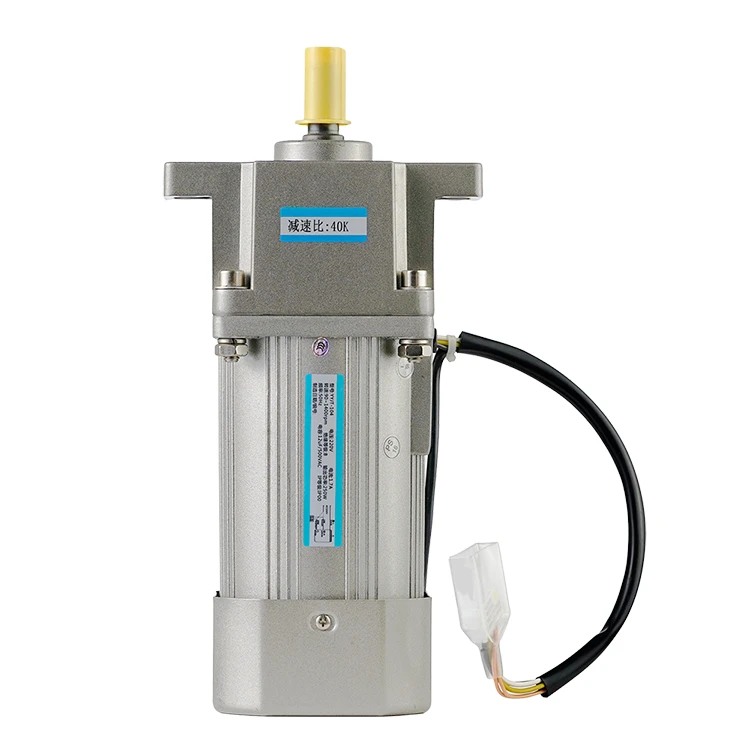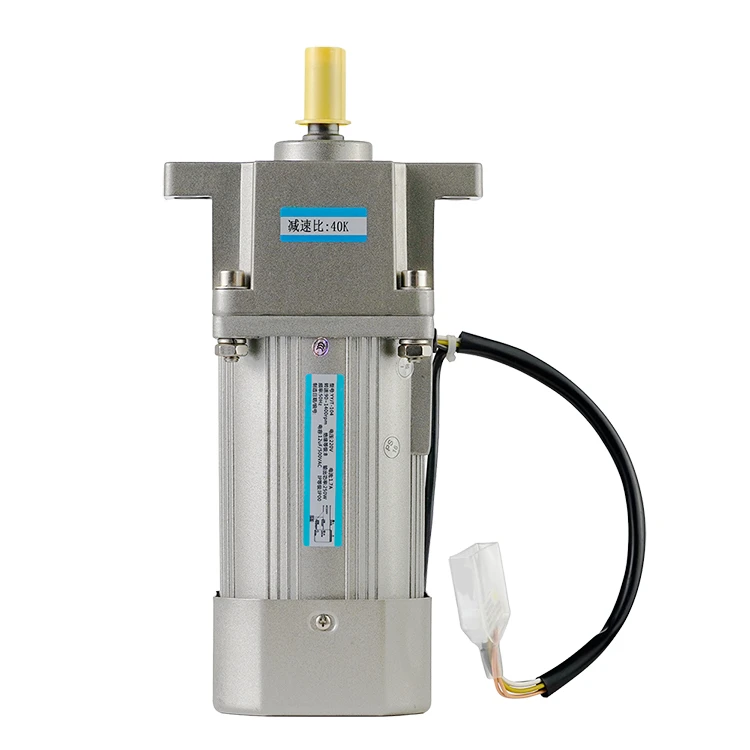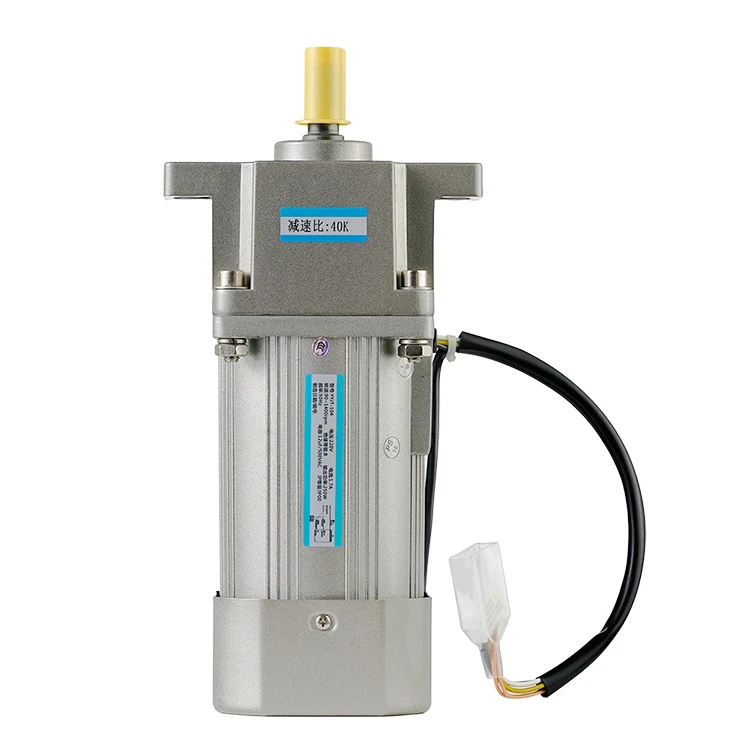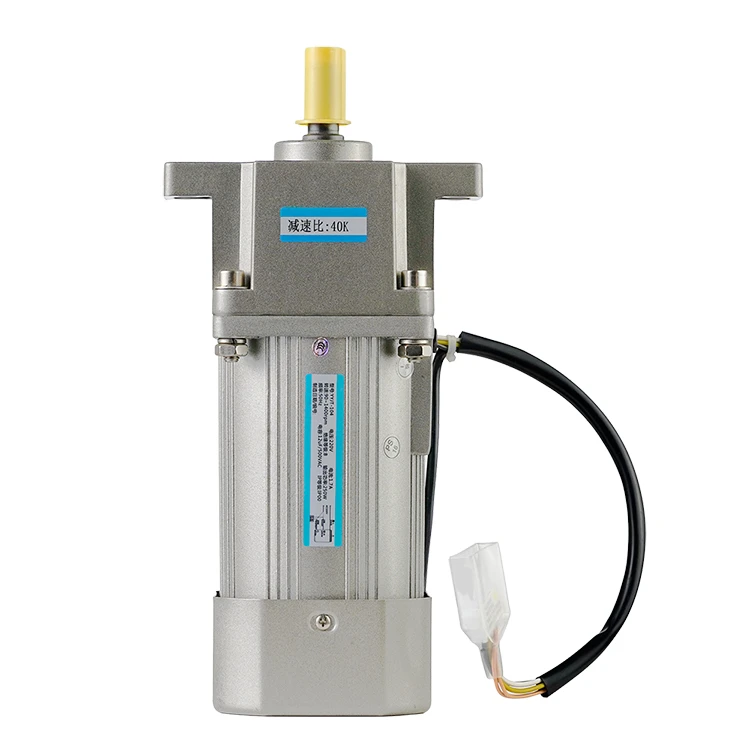How to drive a stepper motor?
2023-02-01 11:47:28
Stepper motors are widely used in precision machines, such as CNC routers and 3D printers, due to their ability to rotate in precise increments. However, to ensure these motors function correctly and safely, it is essential to know how to drive them properly. In this article, we will provide a comprehensive guide to driving stepper motors, including an overview of the basic principles, the different types of stepper motor drivers, and the tools and materials required.
Understanding the Basic Principles of Stepper Motors
Before diving into the specifics of driving a stepper motor, it is crucial to understand the fundamental principles of how these motors work. Stepper motors are driven by an electrical current that creates a magnetic field, driving the motor's rotation. The current can be applied in various ways, depending on the type of stepper motor and the specific application.
Types of Stepper Motors
There are two main types of stepper motors: unipolar and bipolar. Unipolar stepper motors have a single winding per phase and are typically easier to drive than bipolar motors. Bipolar stepper motors have two windings per phase and are generally more powerful and precise.
Tools and Materials Required for Driving Stepper Motors
To drive a stepper motor, you will need specific tools and materials, such as a stepper motor driver, power supply, and wires. The stepper motor driver is an electronic device that controls the current applied to the motor's windings, and it should be compatible with your motor and application. The power supply should be rated for the current draw of your motor and driver. You will also need a set of wires to connect the motor to the driver and any other components in your system.
Driving Stepper Motors
The specific steps to drive a stepper motor may vary based on the motor type and driving method. However, here are some general guidelines to follow:
-
Connect the motor to the driver: Connect the motor to the driver using the wires, ensuring that the connections are secure.
-
Connect the driver to the power supply: Connect the driver to the power supply, making sure that the voltage and current ratings match your motor and driver.
-
Configure the driver: Configure the driver's settings, such as the number of steps per rotation and the direction of rotation.
-
Test the motor: Test the motor by sending commands to the driver to rotate the motor a specific number of steps in both directions.
Conclusion
Driving a stepper motor is essential to ensure its proper functioning in precision machines. By following the basic principles, understanding the motor types, and using the necessary tools and materials, you can successfully drive a stepper motor and ensure its optimal performance and safe operation.
See What Lunyee Can Do For You
Contact Us
- 8619149417743
- +86-0371-5562 0274
- [email protected]
- Zhengzhou, Henan Province, China
- Mon-Fri: 9:00 - 18:00
